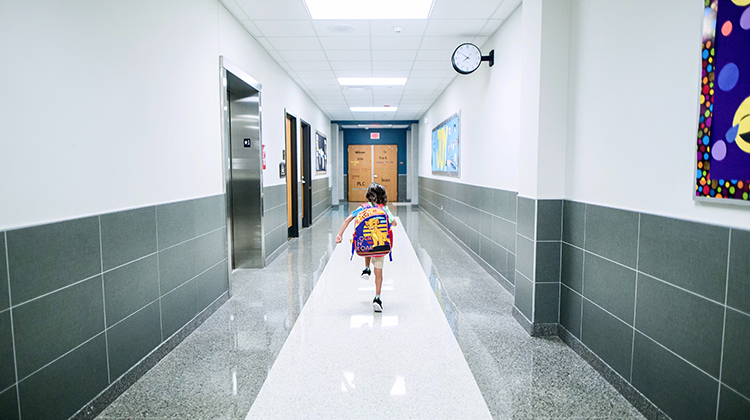As Melbourne students head back to class, how can we use this as an opportunity to improve learning outcomes?

Victorian students have officially returned to school after months of learning from home. While much of the discussion has rightly focused on the safety, mental health and wellbeing of students as they face this transition, another conversation is quietly emerging.
With the majority of Australian students now back in the physical classroom, we’re at a crossroads. How can we complement traditional teaching methods with the digital technologies that have proved vital this year? What learnings can we take and how can we use this as an opportunity to propel learning outcomes forward?
Transformation through data
For many education institutions over the past decade, gathering data has meant little more than tracking grades and handing over a report card. Meanwhile, sectors like banking have quickly adopted data-driven approaches – from the use of chatbots to communicate with customers through to personalised product offerings.
In the classroom – be it physical or virtual – the data gathered can be used to boost learning outcomes and have real tangible benefits, whether it’s shaving time off grading written assignments for teachers or using a standardised rubrics across a local diocese to reduce subjectivity.
Arriving back in the classroom should be a chance for teachers to merge the pen and paper approach with the digital to improve learner outcomes.
The benefits are vast
Delving specifically into the student benefits, adopting data-driven tools can enable learners to take charge of their own education which helps to boost motivation and engagement. This comes at a time when reading, mathematics and science skills are in decline in Australia, according to the OECD PISA rankings. Boosting motivation is one step in the right direction to help tackle this decline head on.
For teachers, while a boost in student motivation can go a long way, it’s also about using the student data to make decisions on their teaching style. If an instruction isn’t hitting the mark, teachers can make swift tweaks to their teaching style which can help them make a greater impact.
Future-proofing the sector
While the power of data can create real improvements, it’s important for educators to consider that the adoption of technology is not a one size fits all approach. It’s a process which involves continual adjustment, training, upskilling and improvement.
While this year has been incredibly tumultuous for all sectors, education has gone through one of the biggest transformations - one in which many learnings have arisen. With students back in physical classrooms, now is the time to consider how we can pave the way for learning success in Australia.
Photo by Caleb Oquendo from Pexels